How to Manage Your Migraines: Part 2
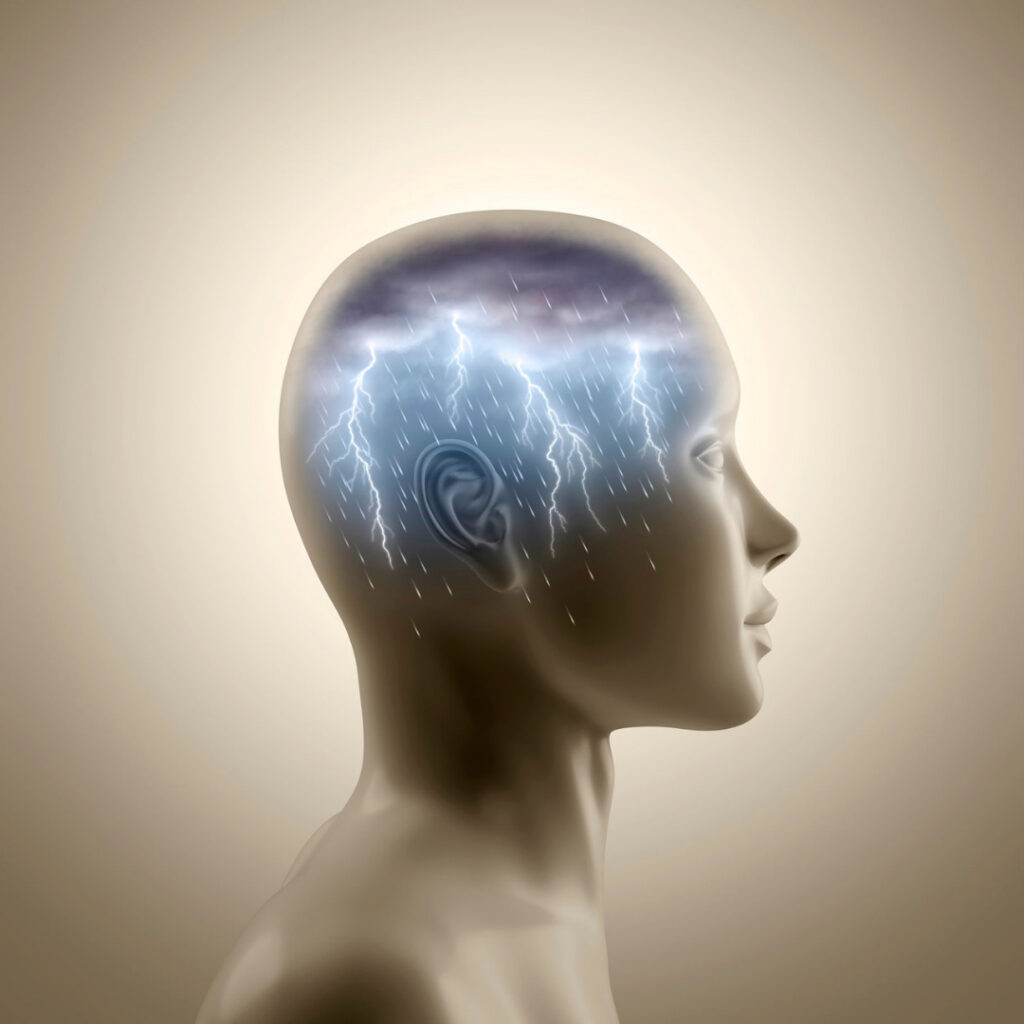
The most successful migraine management strategies are often a combination of lifestyle modifications, medication and complementary therapies such as Osteopathy.
How to Manage Your Migraines: Part 1
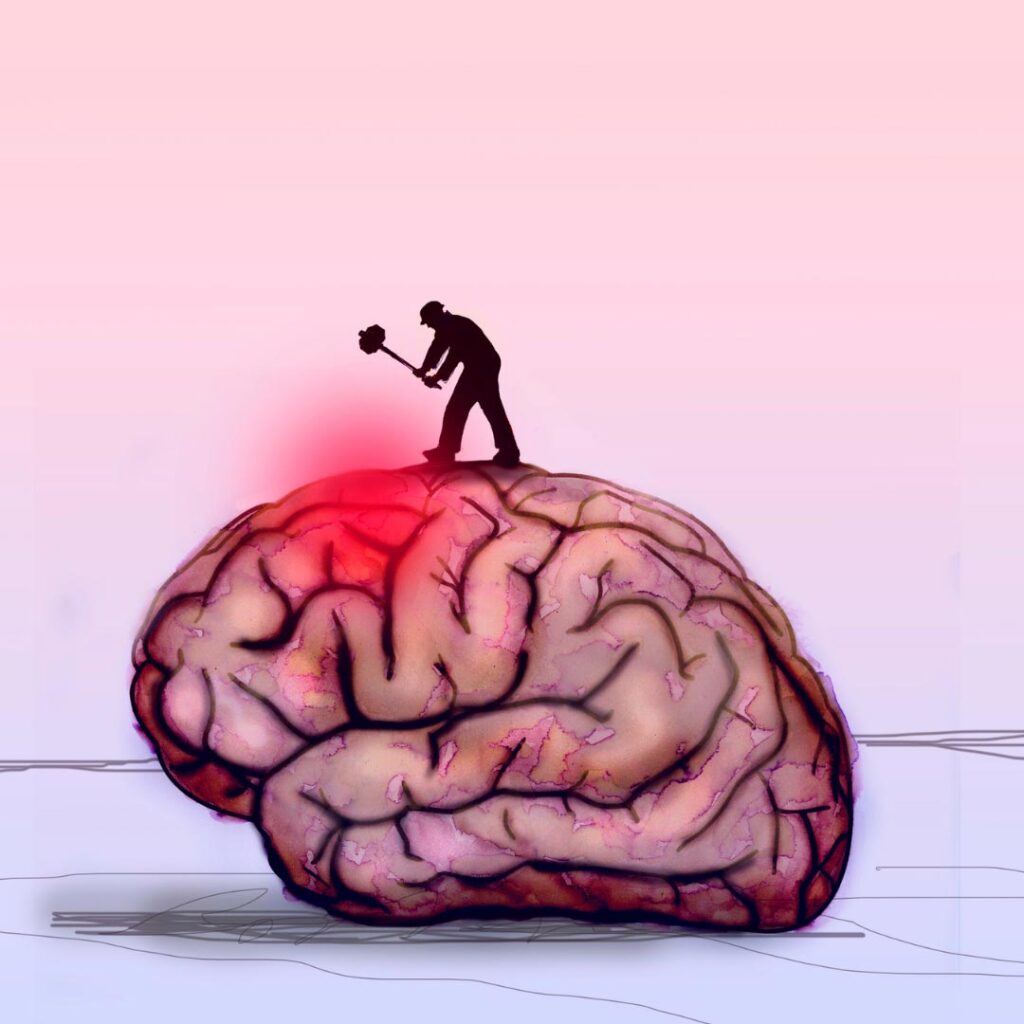
Migraine symptoms typically present as a one-sided headache lasting between 4-72 hours, accompanied by a throbbing or pulsating sensation. They’re quite commonly associated with nausea, vomiting, aura/vision disturbances, and increased sensitivity to light sound and smell. So now that we know what happens when we get one, let’s learn a little more about the symptoms and how osteopathy can help!
Christmas Tips

Christmas is fast approaching! Which can mean extra stress levels, especially at the weekends when we try and cram in the Christmas shopping and subject ourselves to carrying those gift-laden shopping bags through the crowds. Add to this the extra pressure of cleaning the house, the food preparation and cooking for your friends and family when they come and visit. Plus there is always that trip into the attic to get the Christmas decorations and the tree down! Although the preparations are fun, there is always so much on the Christmas to do list as you get ready for the big day! But beware this can add extra twists and strains on your back – so here are some tips for having a pain free Christmas!
A Good Night’s Sleep
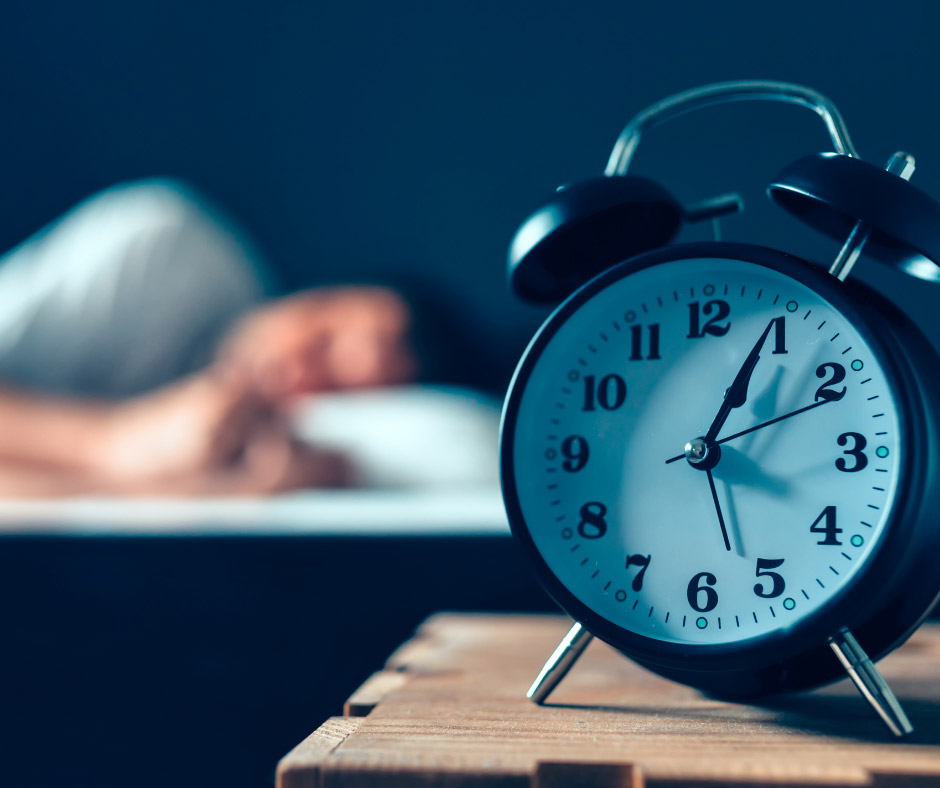
Getting a good night’s sleep is incredibly important for your overall health. It’s a period of time when the body restores itself physically, and organisation occurs in our brain. Research has shown that a person’s ability to concentrate, use creative thinking, make sound decisions, and form memories can all be negatively impacted by poor sleep.
High Ankle Sprains
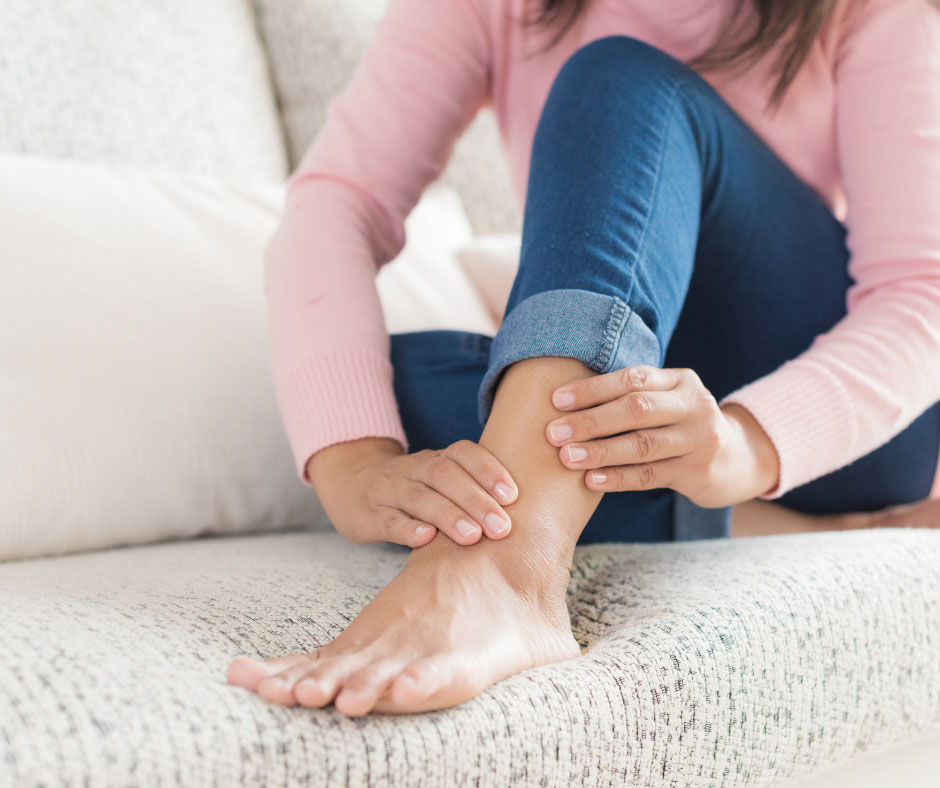
A high ankle sprain is stretching of the ligament in front of the ankle which holds our two leg bones- fibula and tibia together above our ankle joint. High ankle sprain is caused by rolling over the front of our foot (toes in the ground) this places more pressure on the front of our ankle, unlike the usual lateral ankle sprain where we roll on the outside of our ankle.
Exercises for Ageing Bones
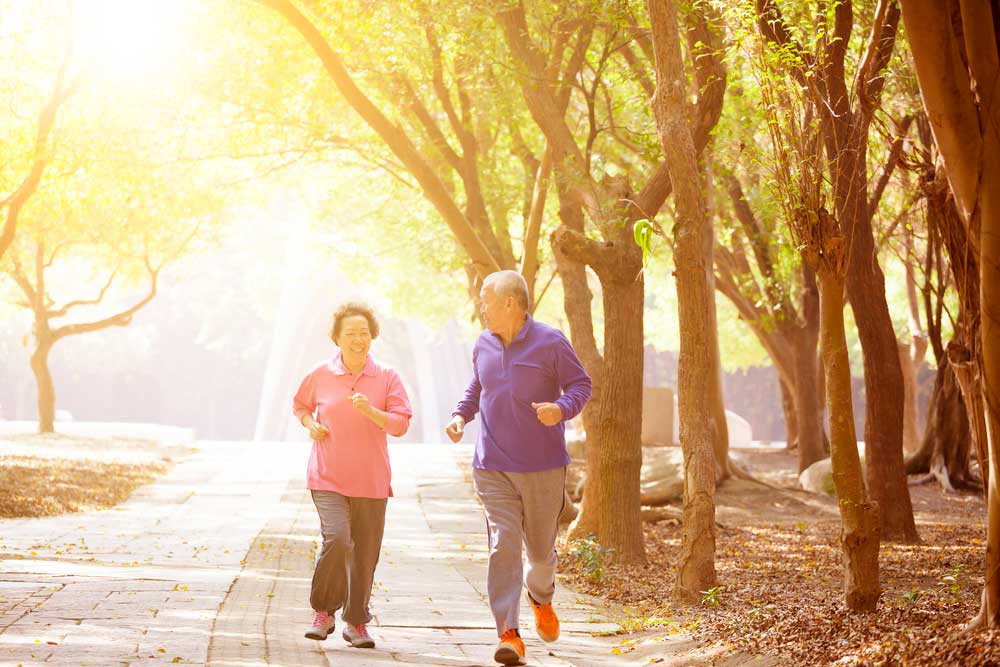
Are you in (or approaching) your later years? Are you wondering what you can do to ensure your bones stay strong through the next period of your life? As we age it is common to begin feeling the effects of years of ‘life’ on your body. Diseases like osteoarthritis (i.e. degeneration of joints) and osteoporosis (i.e. weakening of bones) are more common in the elderly population. But just because the figures show this, it doesn’t mean these diseases will affect your ability to lead a full and active life.
Jaw Pain Is No Laughing Matter!
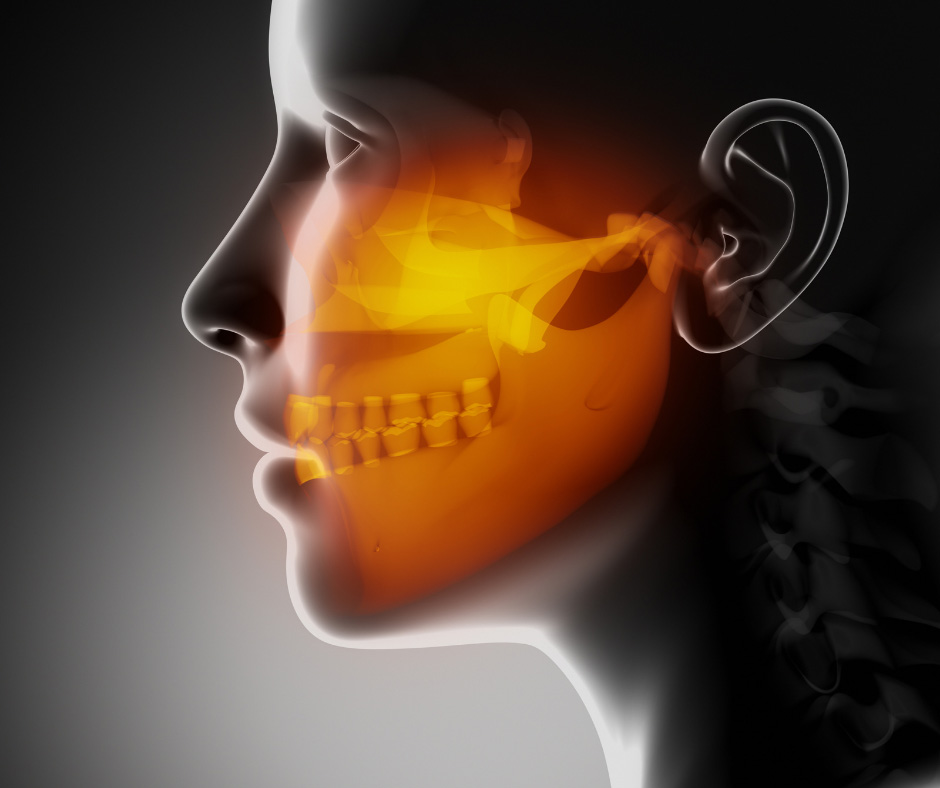
The Jaw is a bi-arthrodial hinge joint located below your temples on either side of your head. This joint can become dysfunctional due to overuse such as excessive chewing, teeth grinding, blunt trauma or overstretching such as that in dental procedures.
Pelvic Imbalance

Very often in our clinics, we see people come in with pelvic asymmetry or imbalance. This can cause or aggravate any number of injuries and problems throughout the body. Why does this happen? Well, the most obvious answer is that the pelvis is a supportive structure, and when it’s restricted, the ability to provide that support can be significantly reduced. The pelvis helps with the movement of your legs and torso, whilst stabilising all your lower abdominal and pelvic organs; therefore playing a major role in fluid circulation. When the pelvis isn’t moving well, those areas are typically some of the first to be affected.
Lower Cross Syndrome
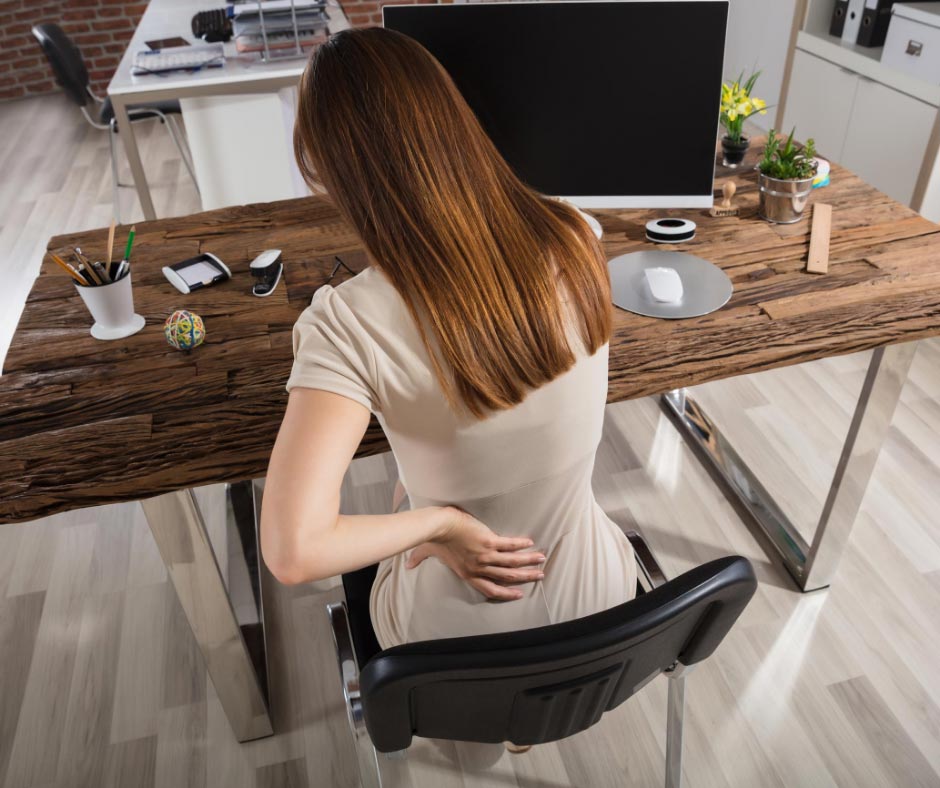
Joint movement is achieved by muscle contraction. However, what happens when this well-orchestrated biomechanical machine lacks synchronisation? The answer? Lower cross syndrome.
What is Scheuermann’s Disease?

Scheuermann’s disease (otherwise known as Scheuermann’s Kyphosis) is not as scary as it may sound, and it should not be mistaken for a disease you can catch like the common cold or the flu.
What Is It?
Scheuermann’s is a spine defect where three or more consecutive upper back segments present with 5 degrees or more of anterior (front) wedging- this makes the person seem more hunched. Scheuermann’s disease is a common condition seen in young adults (12-16-year old’s) and is usually disregarded as poor posture. Unlike lazier counterparts, those diagnosed with Scheuermann’s disease are unable to completely correct their slouch, which results in their body compensating for this through their lower back and neck.
Whiplash: Signs and Symptoms

Whiplash is commonly caused by motor-vehicle accidents or sporting crashes (snowboarding, skating, bike riding) and can be a literal pain in the neck. Whilst whiplash is descriptive of an acute injury there are also many associated implications that can result, known as whiplash associated disorders (WAD) including motor, sensory, neurological, and psychological impairments.
Pandemic Posture

Hey readers, it’s your favourite osteos checking in to see how you are going! It has been, and continues to be, uncertain times for many of us as the virus pandemic continues to sweep across the globe. Lockdown has meant many of us have had to batten down the hatches and re-discover what it means to be ‘at home’. We ask you the question “how is your body being affected by your pandemic posture?”
Let us take you on a scan of the body, focus on some potentially problematic areas, and give you some advice to avoid any long-term issues.
